-
Upcoming Events
-
May 04, 2024 02:00 AM
Until 07:00 AM
9 Going | 3 Manage | 0 Waitlist -
May 04, 2024 02:30 AM
Until 06:30 AM
11 Going | 2 Manage | 0 Waitlist -
May 05, 2024 02:45 AM
Until 05:30 AM
7 Going | 1 Manage | 0 Waitlist -
May 05, 2024 03:00 AM
Until 07:00 AM
12 Going | 2 Manage | 3 Waitlist -
May 05, 2024 03:30 AM
Until 08:00 AM
10 Going | 1 Manage | 3 Waitlist
-
-
Featured Topics
-
Topics
-
Popular Contributors

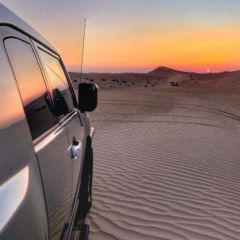
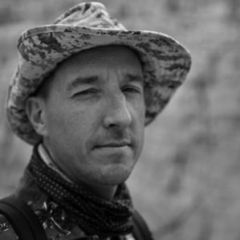
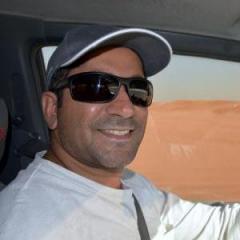
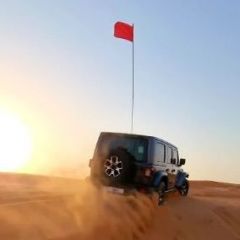
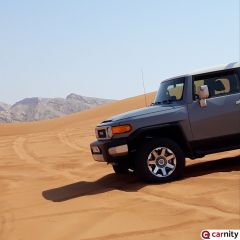

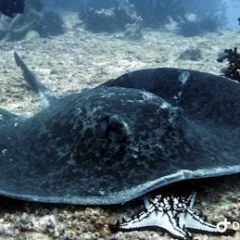
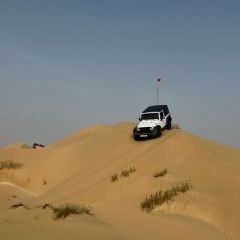


.thumb.jpg.faf264f698ded093f59df7be5597f9ce.jpg)
Recommended Posts